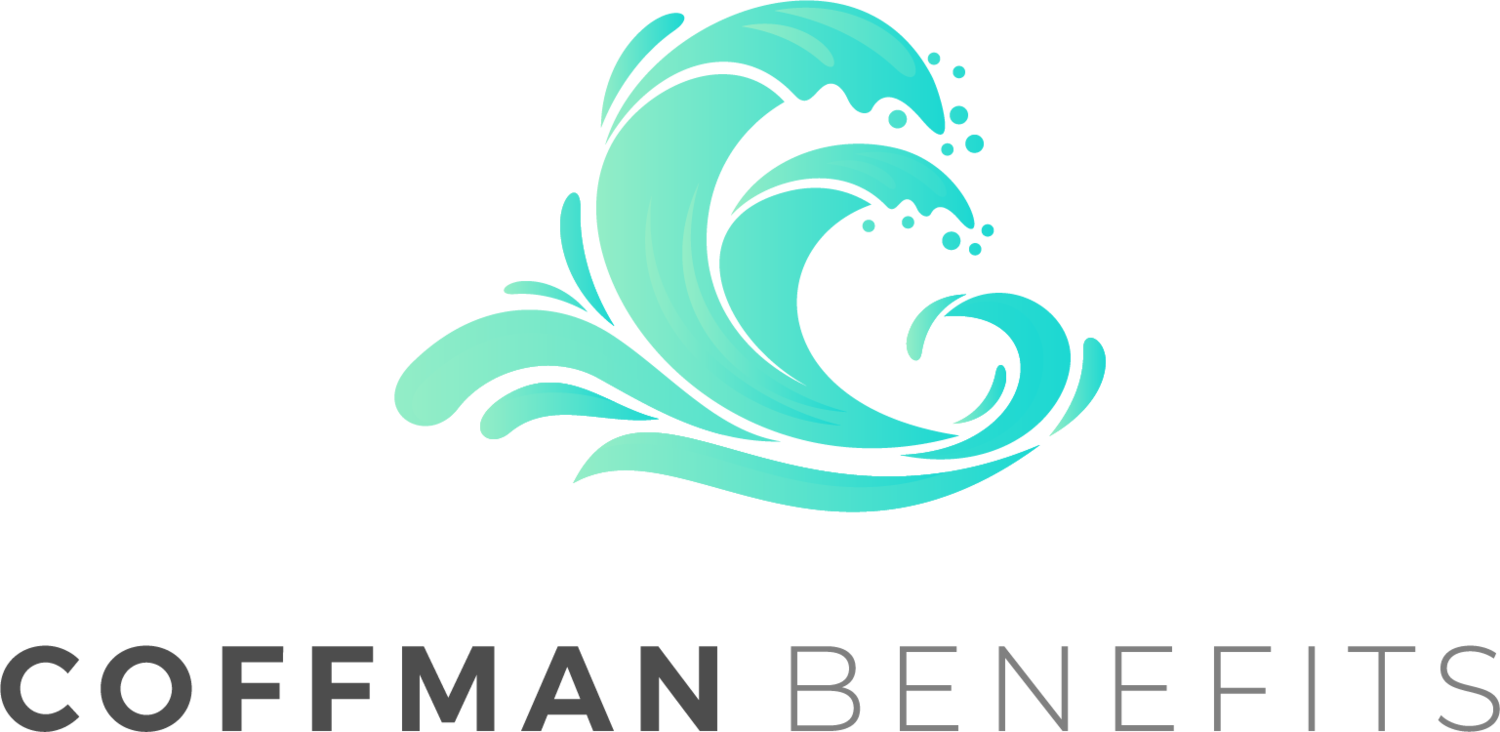Two federal courts—the U.S. Supreme Court and the 9th Circuit Court of Appeals—recently ruled on cases involving wage claims by employees. These decisions set limits on wage claims in California.
HSA/HDHP Limits Increase for 2023
Eligible individuals with self-only HDHP coverage will be able to contribute $3,850 to their HSAs for 2023, up from $3,650 for 2022. Eligible individuals with family HDHP coverage will be able to contribute $7,750 to their HSAs for 2023, up from $7,300 for 2022. Individuals age 55 or older may make an additional $1,000 “catch-up” contribution to their HSAs.
Women’s Preventive Services Guidelines Updated for 2023
Highlights
Updated women’s preventive services guidelines apply for plan years beginning in 2023.
The updated guidelines add one new service: Preventing Obesity in Midlife Women.
The update also revises five existing services: Breastfeeding Services and Supplies, Contraception, Screening for HIV Infection, Counseling for Sexually Transmitted Infections and Well-woman Preventive Visits.
The Department of Health and Human Services’ (HHS) Health Resources and Services Administration (HRSA) recently updated its preventive services guidelines to expand the list of women’s preventive services that group health plans are required to cover under the Affordable Care Act (ACA). Updated preventive services guidelines generally take effect for plan years beginning on or after one year from the date the updated guideline is issued. In this case, the updates take effect for plan years beginning in 2023.
Updated Guidelines
The updated guidelines add one additional service: Preventing Obesity in Midlife Women. The guideline recommends counseling for midlife women aged 40 to 60 years with normal or overweight body mass index (BMI) to maintain weight or limit weight gain to prevent obesity.
In addition, the update revises the following five services:
Breastfeeding Services and Supplies. Comprehensive lactation support services during the antenatal, perinatal and postpartum periods, as well as breastfeeding equipment and supplies.
Breastfeeding Services and Supplies. Comprehensive lactation support services during the antenatal, perinatal and postpartum periods, as well as breastfeeding equipment and supplies.
Screening for HIV Infection. HIV screening tests for women aged 15 and older at least once during their lifetime, as well as earlier or additional screening based on risk.
Counseling for Sexually Transmitted Infections (STIs). Behavioral counseling for sexually active adolescent and adult women at an increased risk for STIs.
Well-woman Preventive Visits. At least one preventive care visit per year beginning in adolescence.
IRS Proposes Change to Family Coverage Affordability Rules
Coverage would be affordable for family members if the employee’s required contribution for family coverage does not exceed 9.5% of household income.
The proposed rule addresses eligibility for the premium tax credit, which is available for Exchange health coverage.
The rule would provide that affordability of employer-sponsored coverage for family members is determined based on the cost of family coverage.
This rule is in proposed form and will not take effect unless and until it is finalized.
On April 5, 2022, the IRS released a proposed rule that would change the existing rules for eligibility for the premium tax credit (PTC). The PTC is available to eligible individuals who purchase health insurance coverage through the Exchange. Individuals who have access to affordable, minimum value employer-sponsored coverage are not eligible for the PTC.
Overview of the Proposed Change
Currently, whether employer-sponsored coverage is considered affordable for family members is determined based on the lowest-cost self-only coverage available to the employee. The cost of family coverage is not currently taken into account. These rules apply for determining an individual’s eligibility for the PTC, and have also been specifically incorporated for use in determining affordability for purposes of the employer shared responsibility rules.
The proposed rule would provide that an employer-sponsored plan is affordable for family members if the portion of the annual premium the employee must pay for family coverage (the employee’s required contribution) does not exceed 9.5% (as adjusted annually) of household income. For this purpose, family coverage means all employer plans that cover any related individual other than the employee. The proposed rule would also add a minimum value rule for family members based on the benefits provided to the family members.
Impact of the Proposed Rule
If this rule is finalized, the change would likely mean that more individuals will be newly eligible for a premium tax credit for coverage purchased through the Exchange. The proposal would not affect affordability for employees. Employees would continue to have an offer of affordable employer coverage if the employee's required contribution for self-only coverage does not exceed 9.5% (as adjusted) of household income. Therefore, an employee’s family member may have an offer of employer coverage that is unaffordable even though the employee has an affordable offer of self-only coverage.
House Passes "SECURE 2.0" Bill
On March 29, 2022, the U.S. House of Representatives passed the Securing a Strong Retirement Act of 2022 with a bipartisan vote of 414-5. The act is often referred to as “SECURE 2.0” because it builds on the Setting Every Community Up for Retirement Enhancement (SECURE) Act of 2019.
Key SECURE 2.0 proposals include:
Expanding automatic enrollment in 401(k) and 403(b) retirement plans (for plan years beginning after Dec. 31, 2023);
Increasing the age for required minimum distributions (the SECURE Act increased this to age 72, while SECURE 2.0 would raise the age further to 73 starting on Jan. 1, 2023, to age 74 on Jan. 1, 2030, and to age 75 on Jan. 1, 2033);
Improving coverage for part-time workers in 401(k) plans by reducing the years of service requirements for long-term, part-time workers to participate (for plan years beginning after Dec. 31, 2022);
Increasing catch-up contributions for people aged 50 and over (for taxable years beginning after Dec. 31, 2023);
Allowing SIMPLE IRAs to accept Roth contributions (for tax years beginning after Dec. 31, 2022);
Treating student loan payments as elective deferrals for purposes of matching contributions (for plan years beginning after Dec. 31, 2022);
Modifying the credit for small employer pension plan startup costs (for taxable years beginning after Dec. 31, 2022); and
Establishing a national, online Retirement Savings Lost & Found Database for workers and retirees to find their lost retirement accounts (no later than two years after the date of enactment).
Although there is broad bipartisan support, slight modifications to the bill may occur as it moves through the legislative process.
A one-page summary of the legislation is available here.
A section-by-section summary of the legislation is available here.
The U.S. Department of Labor has created a SECURE Act webpage for more information on the 2019 law.

